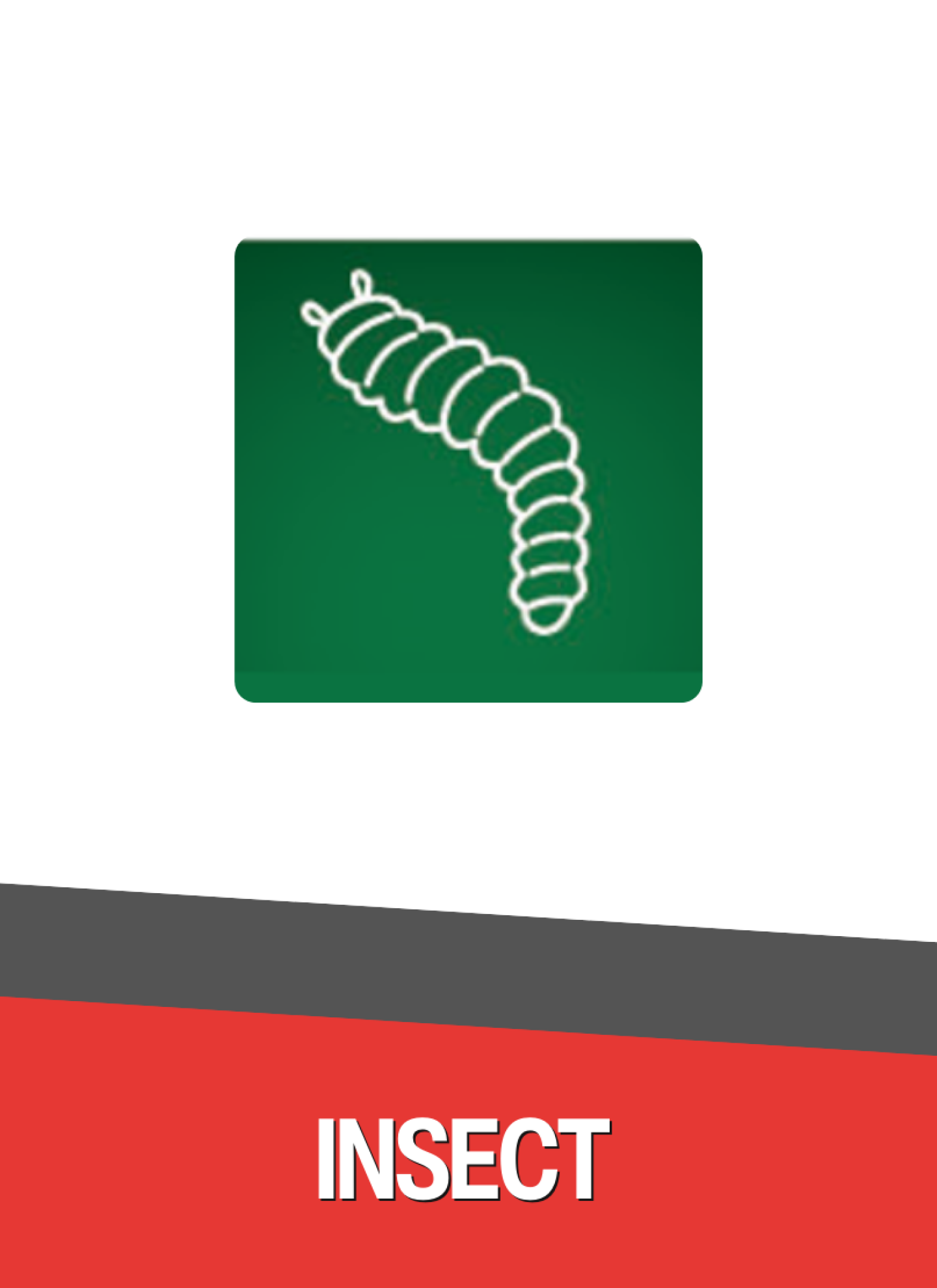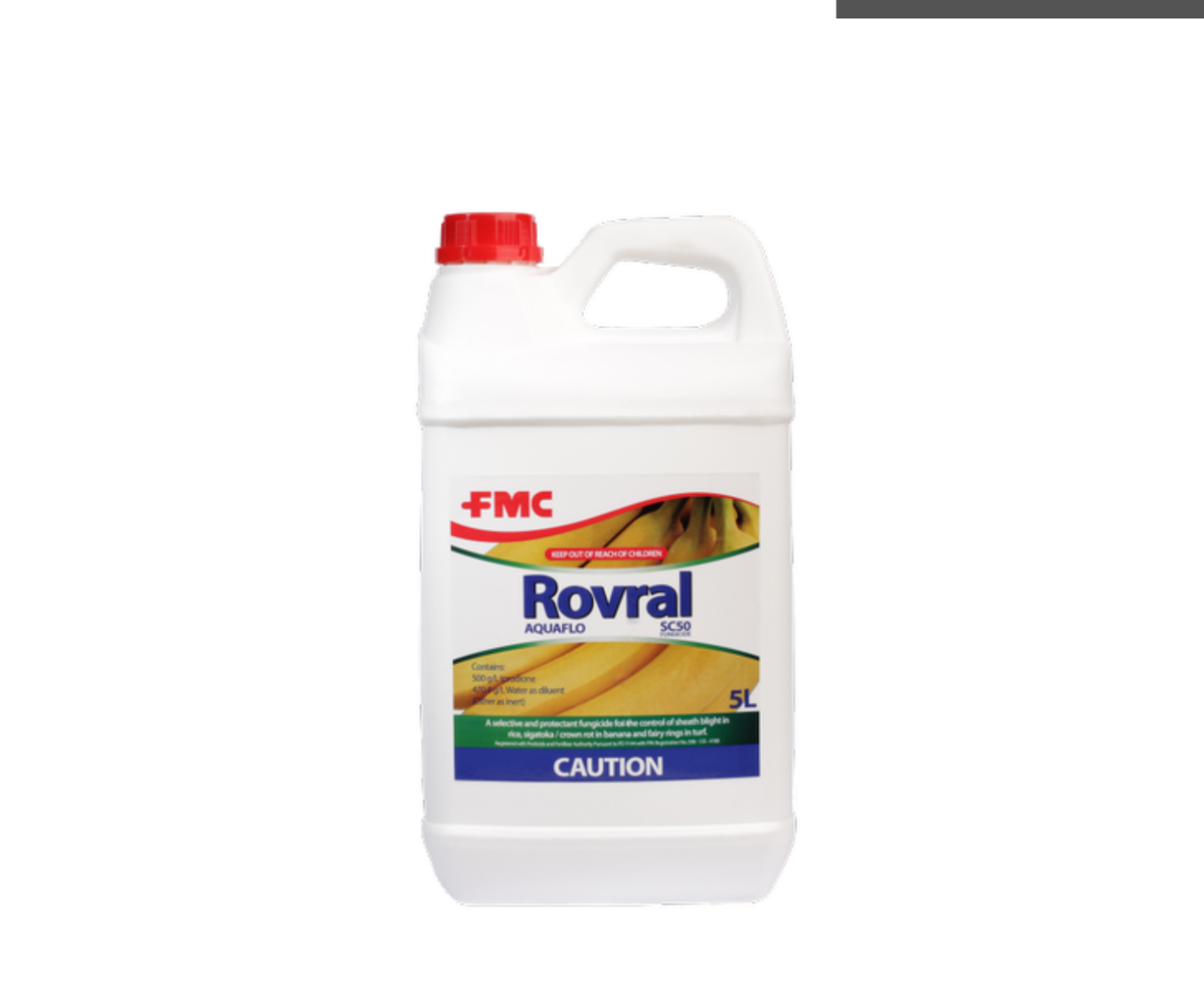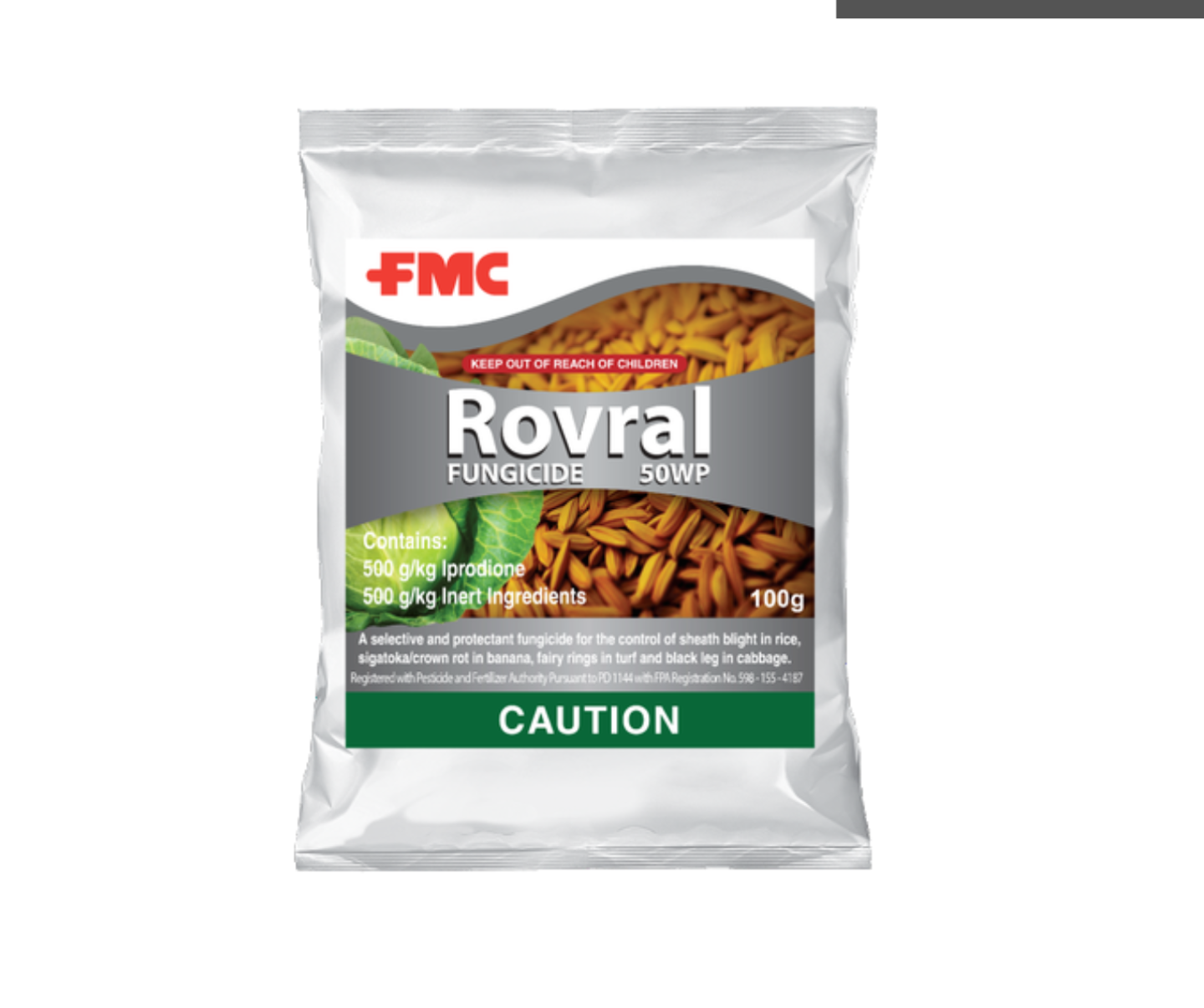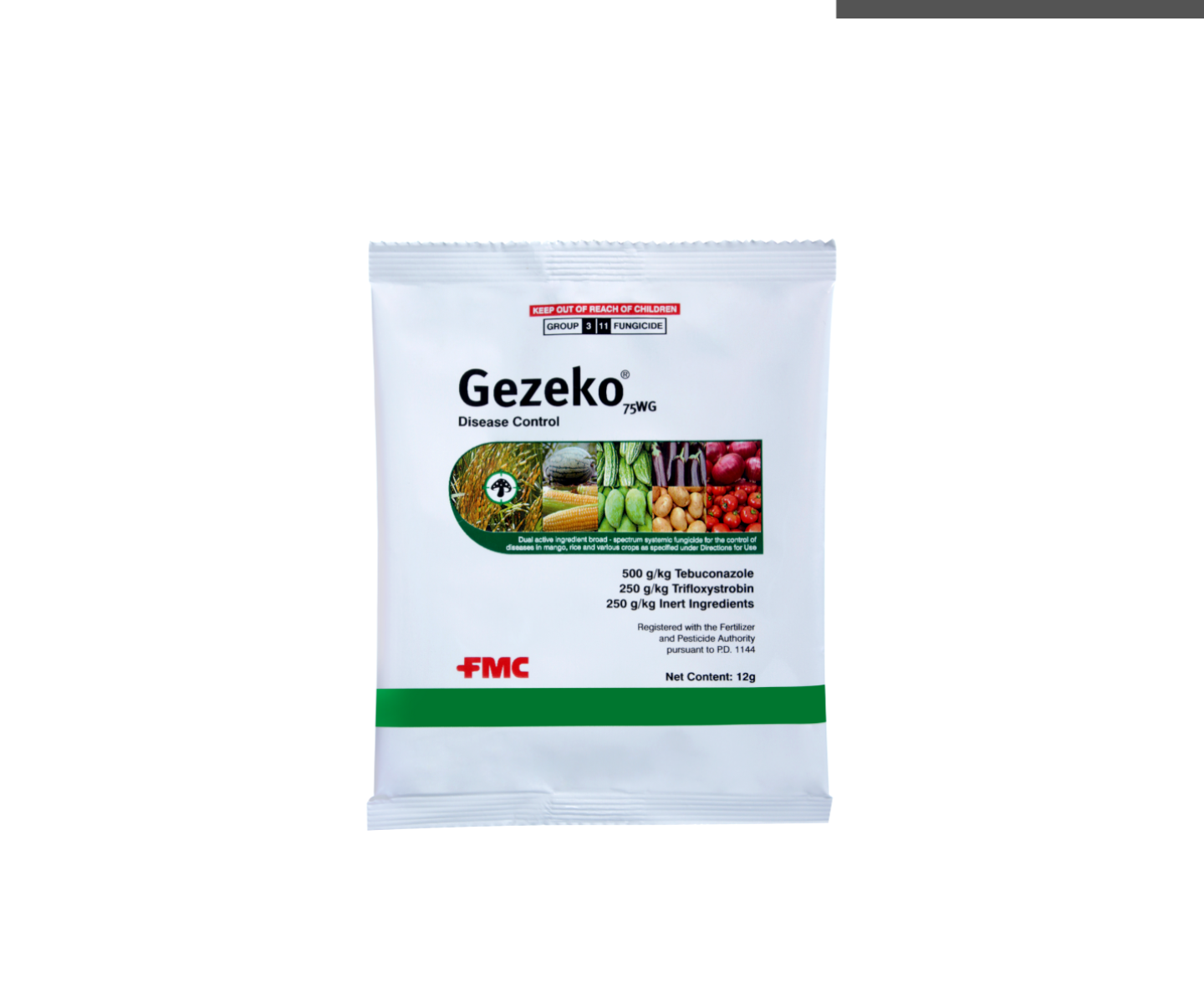Sheath Blight
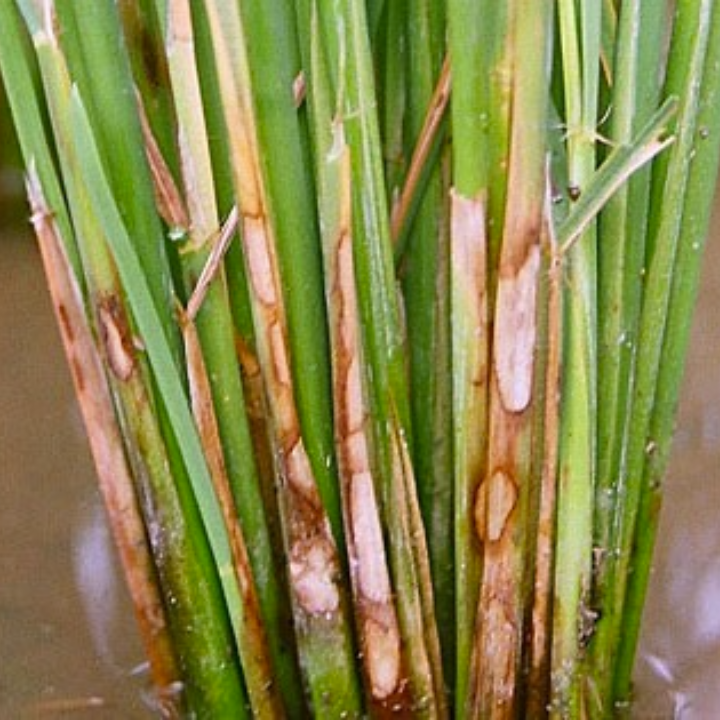
Sheath blight is a fungal soilborne disease caused by Rhizoctonia solani. The fungus belongs to the phylum Basidiomycota, family Ceratobasidiaceae.
Infected leaves senesce or dry out and die more rapidly, young tillers can also be destroyed.
Image Source: https://www.apsnet.org/edcenter/disandpath/fungalasco/pdlessons/Article%20Images/RiceSheathFig1.jpg
What are the symptoms
Symptoms are usually observed from tillering to milk stage in a rice crop which includes:
√ oval or ellipsoidal greenish-gray lesions, usually 1-3 cm long.
√ under favorable conditions, these initial lesions multiply and expand to the upper part of the sheaths, the leaves, and then spread to neighboring tillers belonging to different hills (transplanted rice) or plants (direct-seeded rice).
√ lesions on the leaves usually have irregular lesions, often with gray-white centers and brown margins as they grow older.
Impact to the Crop
This disease causes significant grain yield and quality losses. Yield losses of up to 50% have been reported under the most conducive environments.
How to control
The main management options available to minimize sheath blight include:
√ use a reasonable level of fertilizer adapted to the cropping season.
√ use reasoned density of crop establishment (direct seeding or transplanting).
√ carefully control of weeds, especially on the leaves.
√ drain rice fields relatively early in the cropping season to reduce sheath blight epidemics.
√ use a fungicide to treat seeds.
√ improve canopy architecture by reducing seeding rate or providing wider plant spacing.
Source: Rice Knowledge Bank. Retrieved from: http://www.knowledgebank.irri.org/training/fact-sheets/pest-management/diseases/item/sheath-blight
Source: Uppala, S. and Zhou, X-G. 2018. . The Plant Health Instructor. "Rice Sheath Blight". Retrieved from: https://www.apsnet.org/edcenter/disandpath/fungalasco/pdlessons/Pages/RiceSheath.aspx
